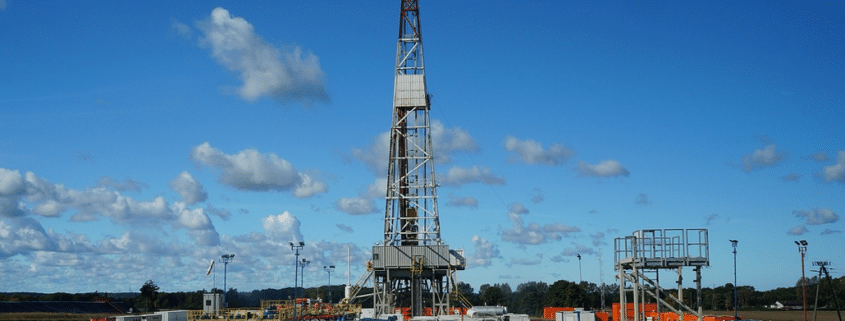What is a Split Estate for Oil and Gas Drilling?
A split estate is defined as an “an estate where the property rights to the surface and the underground are split between two parties.” Split estates are unique, as the United States is one of the few countries in which individuals can legally own the property below the surface of the earth. In this article, we will go into detail for a full understanding of split estates as they relate to oil and gas drilling.
How is a Split Estate Created?
Whenever land is purchased, if the new owner owns the surface and subsurface rights, then it is known as a “fee simple estate.” If that owner were to go off and sell the subsurface rights to another individual or entity, then it becomes a “split estate.” The estate is essentially split into what are known as “surface rights” and “subsurface rights” which can also be referred to as the “mineral estate.”
The Different Types of Split Estates in the United States
One of the most famous early examples of a split estate in the United States was created with the Stock Raising Homestead Act of 1916, in which the government retained mineral rights below 70 million acres of newly privatized surface land. Since then, there has been an endless number of possible split estate ownership combinations. For the most part, split estates are split between private parties, state governments, or federal governments with each entity controlling one or both parts of the property.
Mining on a Split Estate
If a mineral rights owner wants to explore and produce valuable resources from a split estate, then they must notify the surface rights owner. The subsurface owner issues a “Notice of Intent to Locate (NOITL)” to the surface rights owner which will allow the claimant to explore the property and stake mining claims for 60 days after a 30 waiting period.




Leave a Reply
Want to join the discussion?Feel free to contribute!